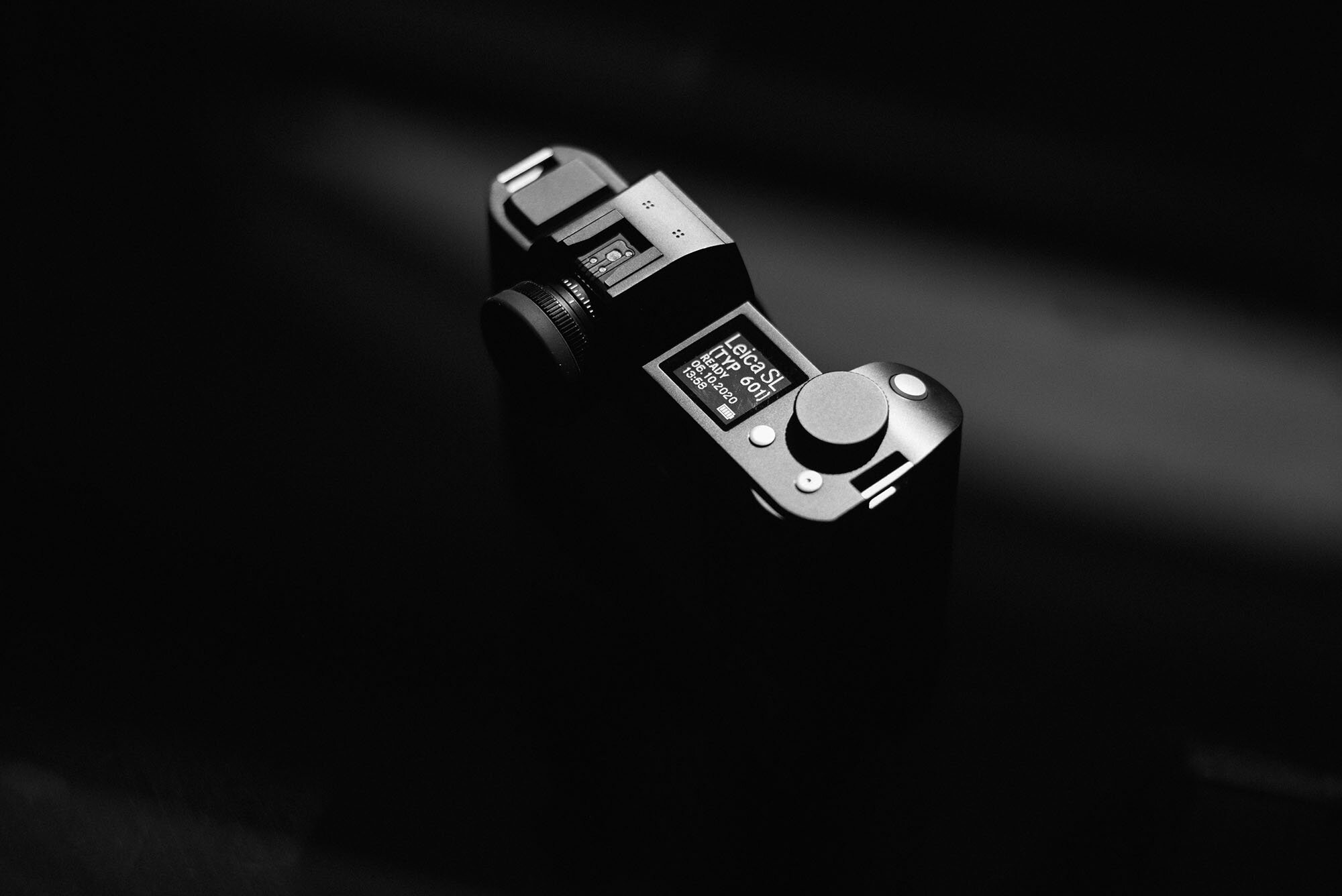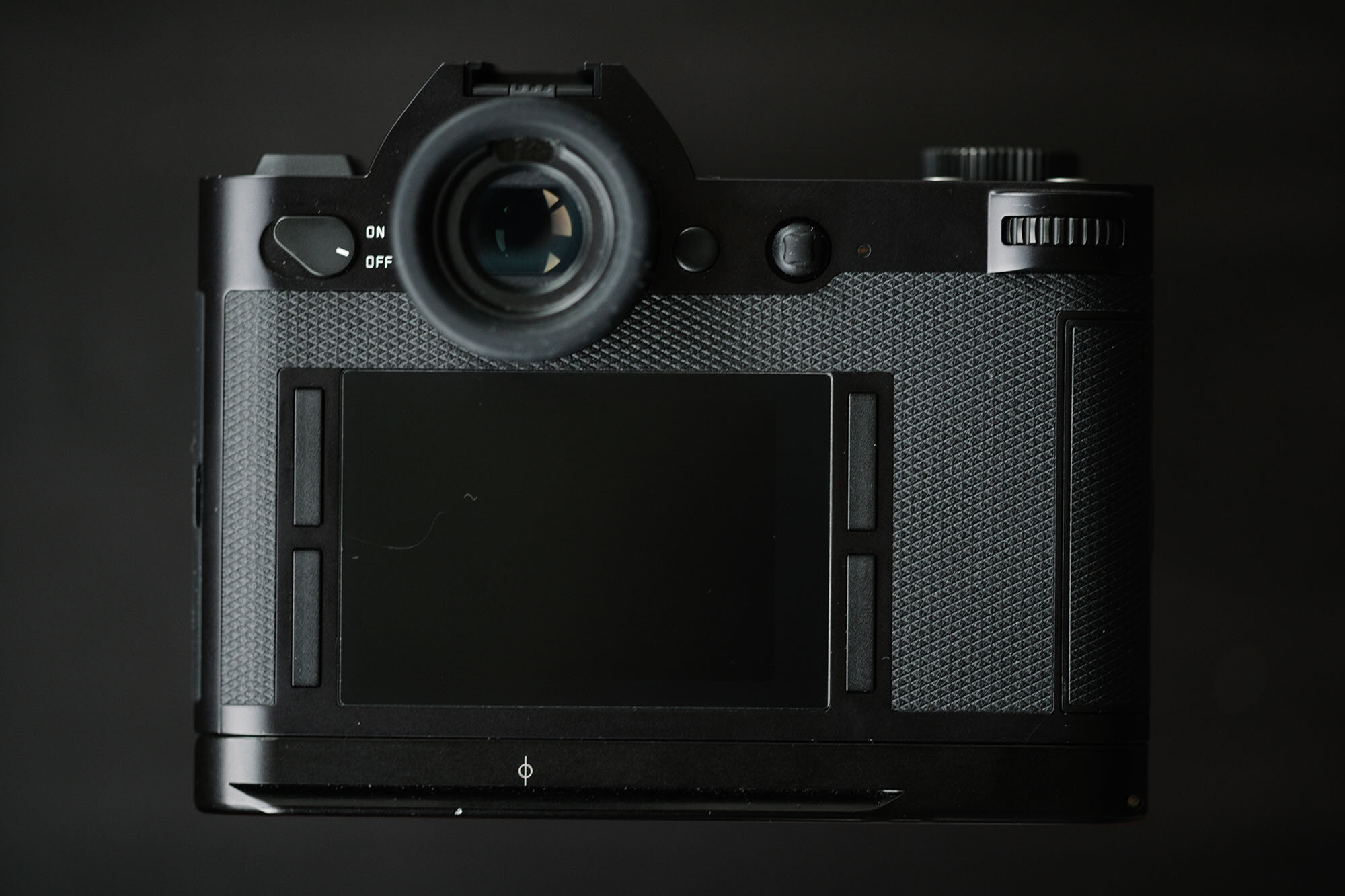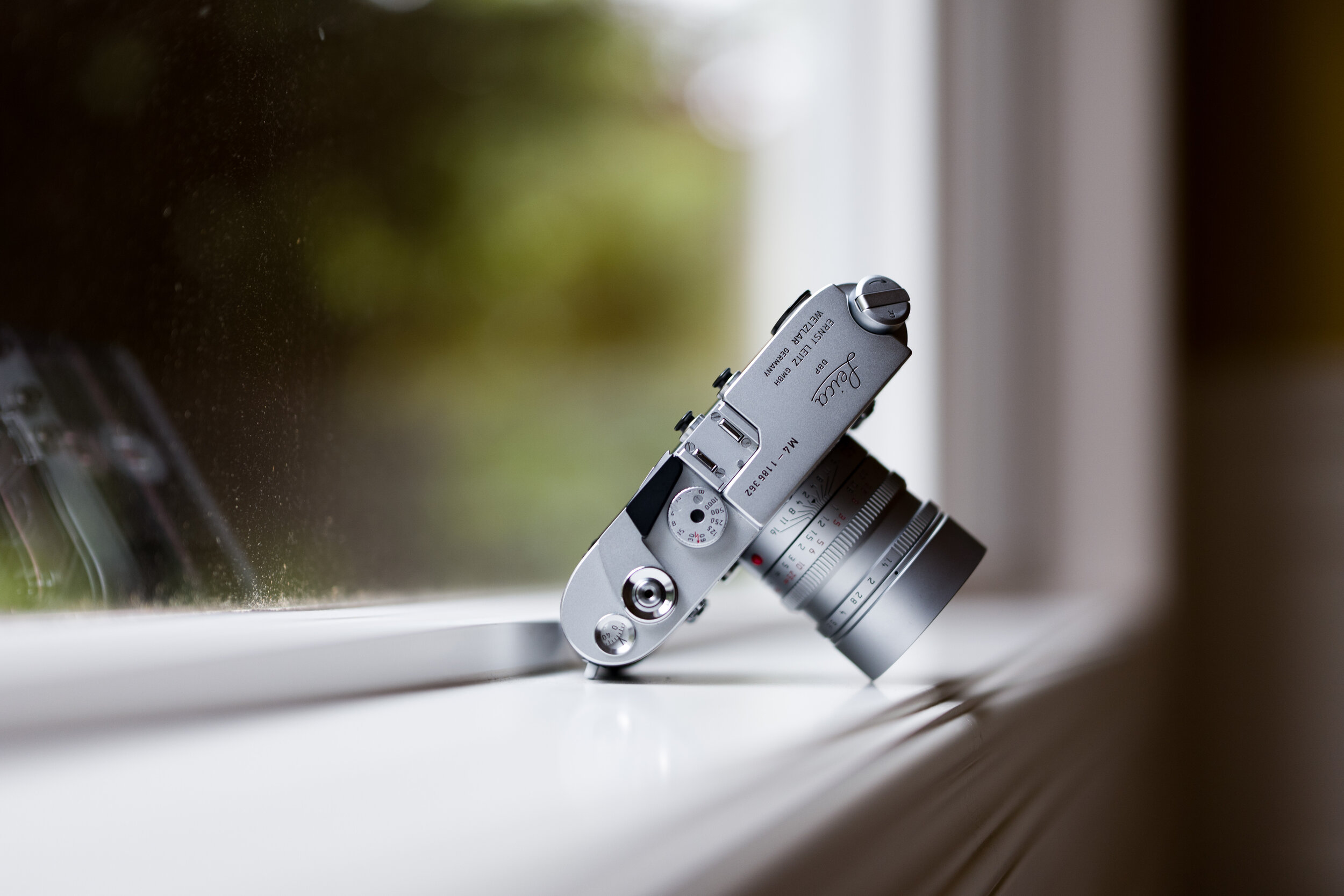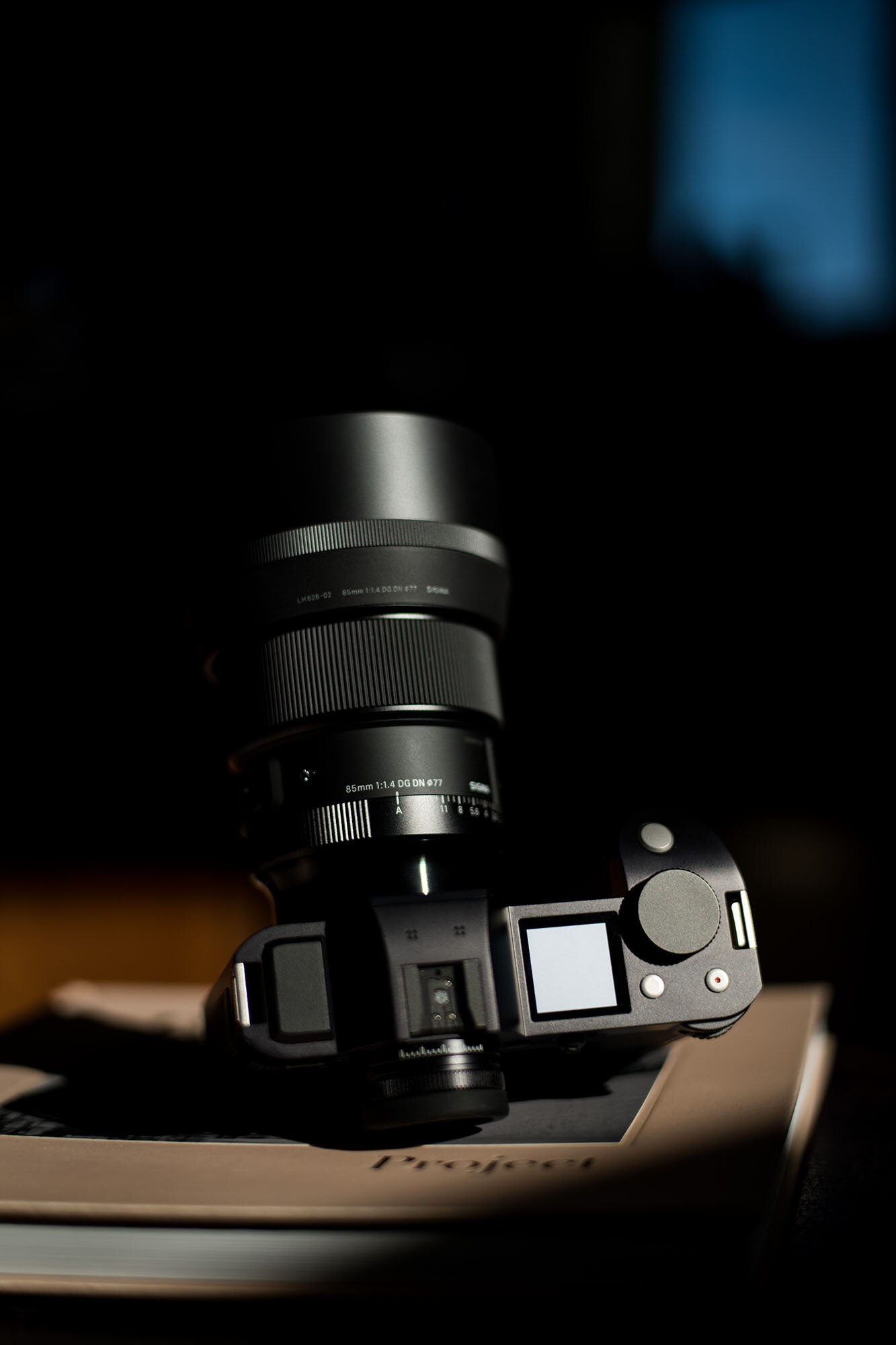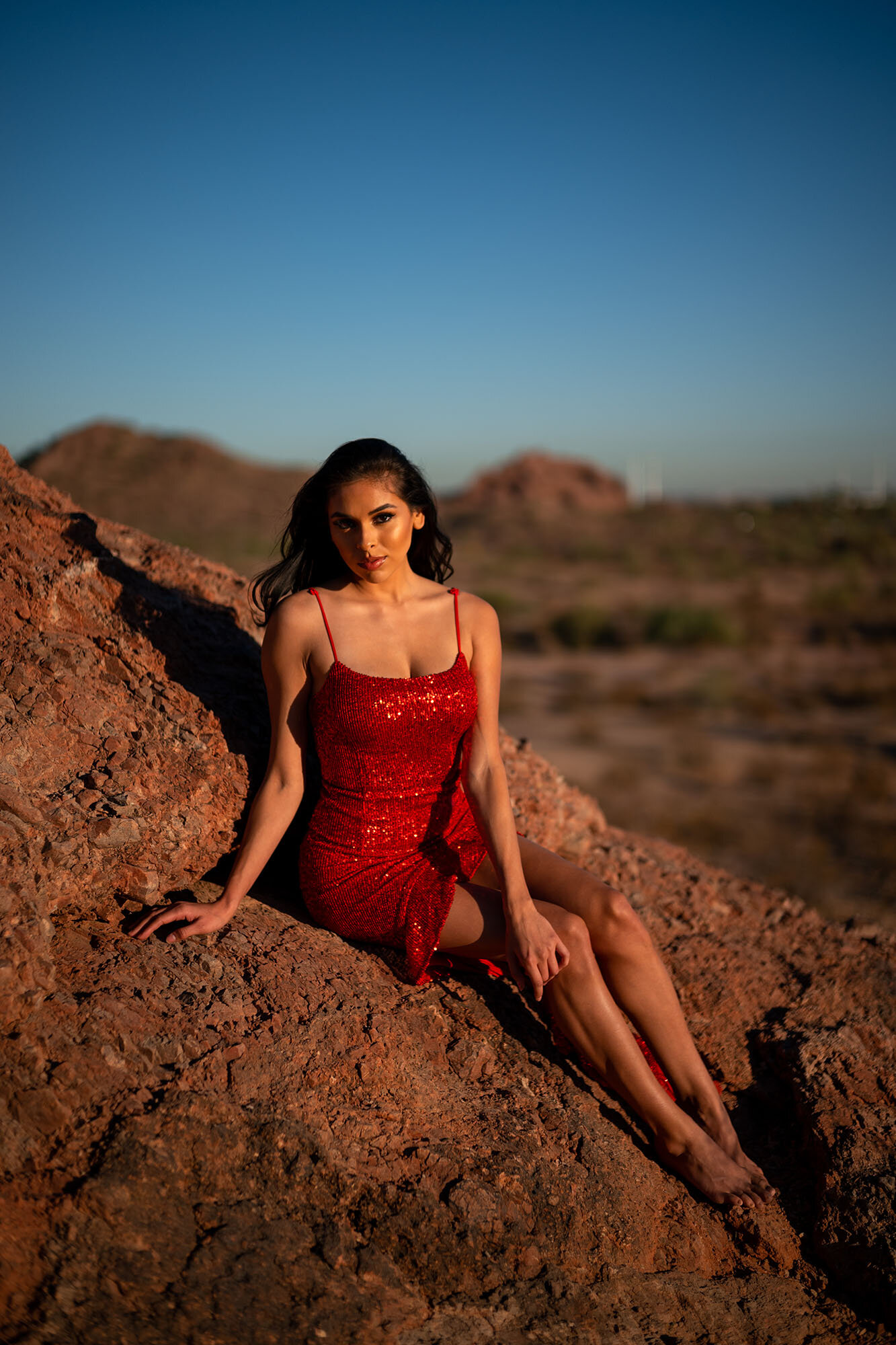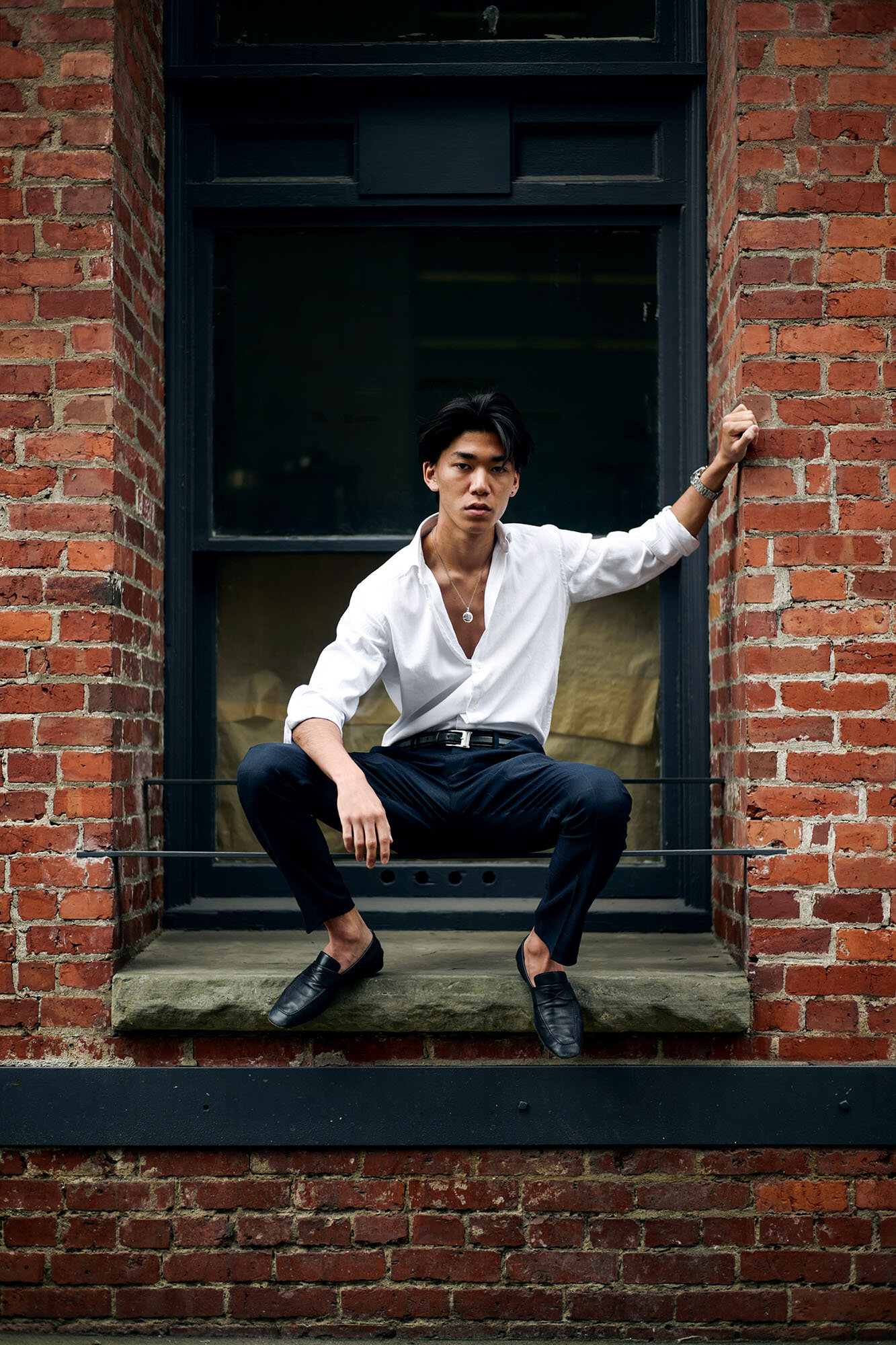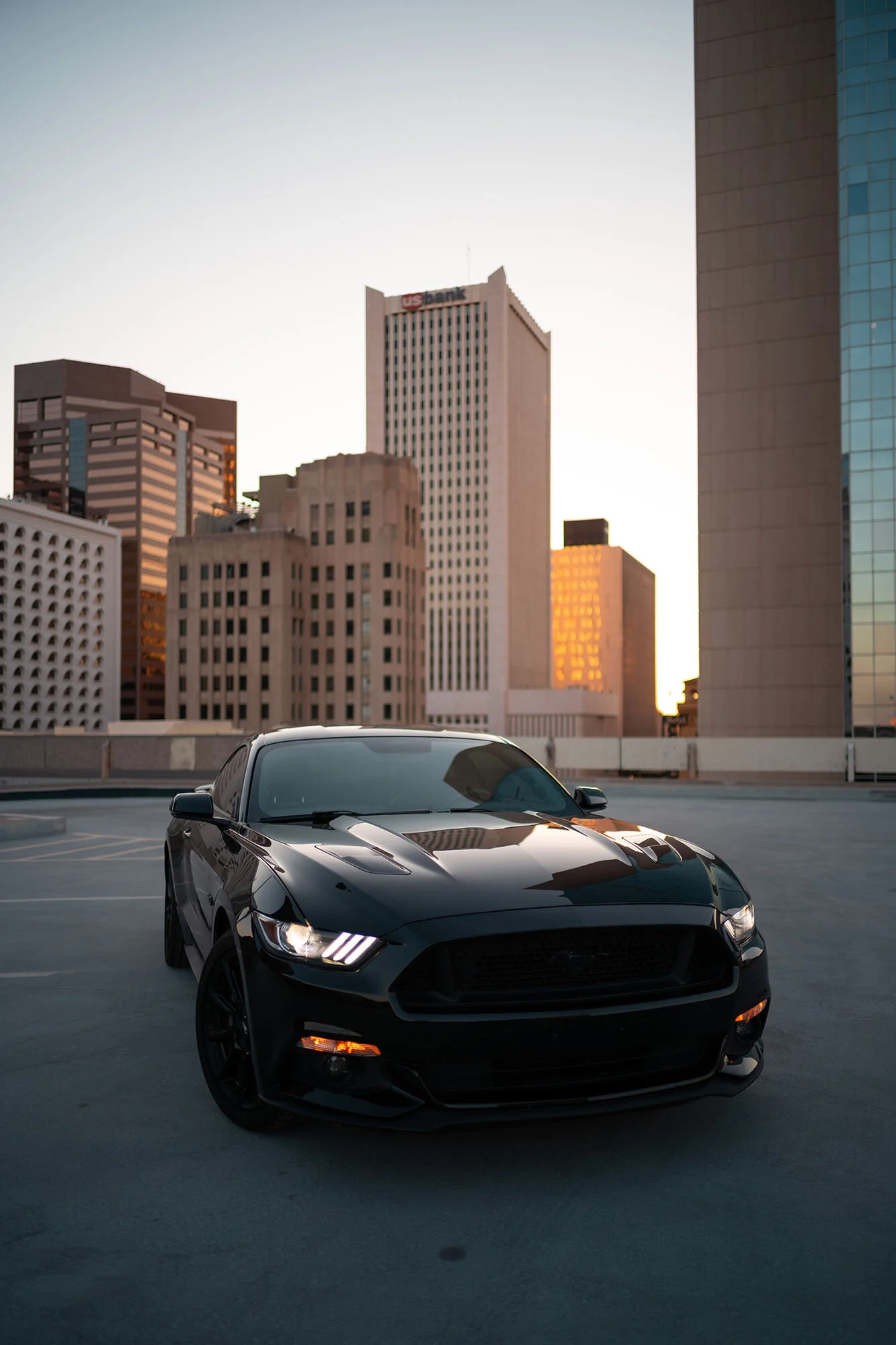INTRODUCTION
I began to write this review on October 19, 2020, a day which marked the fifth anniversary since Leica’s first press release announcing the Leica SL (Typ 601). The world, and the camera industry have both changed remarkably during the past five years.
Still, over these years I have found that no other camera has proven more reliable, more inspiring, and more timeless in modern design than the original Leica SL (Typ 601).
If you’re only here to see sample images, please go right ahead and continue scrolling down.
I’m going to take my time writing my story with the Leica SL, because it’s been a large part of my own personal story.
In 2016, I had just finished my second year of photographing portraits professionally. I shot with 3 Sony A7 bodies but had mixed feelings about them at the time.
I enjoyed that they were quick, capable, and their autofocus was often reliable, even back in the II generation of a7 bodies. But, I absolutely hated them because skin tones coming out of their RAW files were inaccurate, their button layouts were infuriatingly hard to remember and access in a hurry, and battery life was dreadful. I carried at least four batteries on a shoot to feel comfortable.
In 2016, I also had a Leica M9-P that I was just starting to get used to and enjoy for my personal work. The Sony’s were the cameras to take out to make money and get a job done, but they were never cameras I enjoyed using for the reasons mentioned above. So, when I heard that the Leica SL was released in late 2015, I was surprised that Leica even attempted to break into a camera market so heavily dominated by Sony.
Quite honestly, I thought the SL looked strange, designed simplistically for the sake of being controversial. But, when I had my first opportunity to work with a professional model in the summer of 2016, I decided that I would give the SL a try through Leica Store Bellevue’s test drive program. I was absolutely floored from that one experience with the SL. I wrote about it here:
I loved it so much that I sold all of my Sony cameras, Sony lenses, just to afford the then-$7450 USD MSRP of the Leica SL, body only. It was a completely irrational decision at the time, considering it nearly threw me out of photography work for a while, with an extremely expensive camera and no autofocus lenses to use with it.
This brings me to an important part of the SL’s existence:
Lenses and the way they adapt to the SL system are an integral part of the reason why the camera exists, and why it continues to be inspiring today. This will be a discussion later in this review.
Going back to 2016, I had just purchased a $7450 L-shaped metal brick with no autofocus glass to use on it. Now what?
DESIGN
Once I got the camera in my hands, and the crazily expensive $350 Leica M lens adapter for it, I started using the couple of M-mount lenses I had at the time. After coming from capable autofocus Nikon DSLRs and Sony a7’s, the idea of using a manual focus-only camera system was absurd.
But, the design of the SL centered around a peerless EVF system that was never-before-seen from any other camera manufacturer.
At 4.4MP, the SL’s EyeRes viewfinder was like looking at real life through the unique render of Leica lenses. The then-current Sony a7R II only had a 2.4MP viewfinder. It was like a kaleidoscope in comparison to the SL.
The SL was an extremely polarizing camera at launch, and its design in particular drew lots of criticism and praise. At first glance, it was disproportionately large and ungainly. Sharp lines and random curves adorned the top of the body, and the GPS hump was an inelegant addition to the otherwise flat top of the camera.
From the front, the design cues harken back to the original Leicaflex SL film SLR camera, with modern touches that make it look like a giant Sony a7 at first glance.
Moving to the back, there are four Leica S-like unmarked buttons and a rubber nub that proved to become one of the most important factors of the Leica SL. Around the camera, there is a grand total of 10 buttons, two dials, and an ON/OFF switch. This is an extremely conservative number of controls compared to its contemporary Sony a7R II’s 15 buttons, 5 dials, and 2 switches. The SL distills all necessary controls down to the bare minimum, and is all the better for it.
Overall, the camera has a clean, modern look that I find absolutely stunning.
IMAGE QUALITY
The Leica L-Lens System
If you’ve ever peeked at the prices of any Leica SL lens, you’ve probably balked at the over-$5000 price of every single one of the lineup. Compared to any other full-frame system, the Leica SL lens collection is consistently more expensive, often being cost-prohibitive for entry into the system.
Not only are the prices more substantial, but the physical weight of each of the Leica SL lenses are also relatively greater across the lineup than most mirrorless system lenses. The “compact” Summicron-SL lenses are all at least 1.5lbs, and the zooms are twice or more the weight. Because of the preconception that mirrorless gear are smaller and lighter than their DSLR counterparts, the SL lenses are an antithesis to the philosophy of using small mirrorless systems.
A screenshot taken from an online Leica retailer.
So with such a high cost, both in price and weight, why even bother with the SL lens lineup?
Because you get image quality like this:
There is nothing else available in the full-frame market today that can match the SL lenses’ impactful contrast, stunning depth and vibrant colors, straight out of camera. The (sometimes literal) pain caused from buying and using these SL lenses is offset by the unbelievable image quality that comes from them.
THE L-MOUNT ALLIANCE
But for photographers on a budget who don’t necessarily need the very best optics, but still want autofocus capability on the SL, the L-Mount alliance answers that need adequately, but not exceptionally well. The cross-compatible lens/body alliance between Sigma, Panasonic (Lumix), and Leica allows for photographers to access greater varieties of focal lengths, and prioritize if they want to spend more of their money on camera bodies or lenses.
From the cheapest L-mount APS-C cameras to the top-of-the-line Leica SL2, every L-mount lens is compatible across the platform. The cameras and lenses share a compatible lens mount and autofocus-enabled lenses can autofocus on every L-mount camera body.
In my opinion, the idea behind the alliance is well-intentioned, but the execution is less than ideal. Many of Sigma’s L-mount lenses based on HSM designs do not operate well using continuous autofocus on the SL and Lumix S bodies. The L-mount camera manufacturers’ reluctance to incorporate hybrid (phase + contrast-detect) autofocus systems means that autofocus performance in general on the L-mount bodies are easily beaten by autofocus systems from other top mirrorless brands, such as Sony, Fujifilm, Canon, and Nikon. Subject tracking performance on the Leica SL (Typ 601) is subpar to modern standards.
Lumix’ lenses are nearly as heavy as their Leica counterparts, so you run into another compromise there.
Practically speaking, the only reason a photographer would choose to use gear from the L-mount alliance is because they prefer the image quality and user experience from Lumix and Leica bodies, and the world-class image quality only Leica SL lenses can provide. Otherwise, any other mirrorless system would serve a photographer better with more competent autofocus and lens choice flexibility.
The Sigma 85mm f/1.4 Art DG DN lens created for L-Mount, on a Leica SL
ADAPTING LENSES (OUT OF NECESSITY AND PLEASURE)
Before I could afford any of the SL lenses, I used the SL exclusively with adapted M lenses. I also adapted my style of photography to allow myself to slow down and manually focus with precision and speed. Coming from a Leica M9-P rangefinder, I was surprised by how natural and quick it felt to use the SL’s magnification button to aid my manual focus using the EVF. I soon did all of my photography like this and the transition away from Sony’s autofocus systems was painless.
The SL’s strong performance with Leica M-lenses meant that it was essentially the modern Leica M camera that no one expected in 2015. Ask anyone with a Leica 50mm 0.95 Noctilux-M what camera they use it on, and they’ll most likely tell you it’s an SL or SL2.
It’s no coincidence. The camera’s intuitive controls for manual focus aid and EVF design mean that you can comfortably and efficiently shoot without straining to see what’s in focus.
Additionally, the SL has a database of all Leica M lenses, meaning that it has profiles to correct for lenses’ optical errors such as vignetting, distortion, and color aberrations. When coupled with the Leica-branded M-Adapter-L, the SL knows exactly which M lens you’re using and applies the correct lens profile, granted that it has been 6-bit coded.
With Sony bodies back in 2015, the only way to magnify your view to aid in manual focus required two button presses at minimum. The SL changed that trend by allowing you to punch in about 10x into the image with one single press of the very responsive rubber nub (which I affectionately dubbed the SL’s nipple over the years). This makes shooting with adapted lenses on the SL feasible, and even preferred by myself and many other SL users that I’ve discussed with.
Adapting lenses to the SL never feels like a handicap or a backup option. Leica obviously meant for the SL to be at home using native autofocus lenses and adapting manual glass.
The Leica 35mm f/1.4 Summilux-M ASPH on the Leica SL via a Leica M-Adapter-L
POST-PROCESSING AND FILE CHARACTERISTICS
The Leica SL produces images with an almost cutting sharpness, and tends to produce neutral color tones overall. There is something intangibly high contrast about the images that it produces. This characteristic of the SL has made it one of my favorite cameras for photography in challenging light. In the case of portrait photography, where I love to use backlight, this becomes the SL’s major advantage over my Leica M cameras.
Files are very malleable and contain loads of dynamic range and shadow information. Even with a now-humble maximum ISO of 50,000, the SL performs admirably in low light conditions up to ISO 12,800, especially when paired with fast 1.4 lenses. Examples of this can be seen in upcoming sample galleries.
FOR PORTRAIT PHOTOGRAPHY
For me, lighting and composition are a portrait’s greatest assets along with an engaging subject.
An issue that I've always had with using Leica M cameras is that their aperture priority exposure metering is often unpredictable, and lead to overexposed images. I often find myself checking my exposure on the back of the screen after every couple of photos, throwing me out of my workflow and causing a separation between me and capturing the moment. As a result, my composition suffers and I lose engaging moments with my subject.
With the SL, the constant live read-out of exposure from the EVF means that I can constantly know how my exposure is being metered, and compose within the viewfinder instantly. I can direct my subjects and control my exposure and composition simultaneously without even removing the camera from my eye. This makes the SL an invaluable tool for my portrait work.
Furthermore, the SL’s insanely fast electronic shutter speeds (1/16,000s min.) allows for fast prime lenses to be shot wide open in extremely bright daylight. This provides shallow depth of field in images even in direct sunlight, allowing a photographer to achieve hyper-realistic images.
Portraits made with the Leica SL and SL lenses:
Portraits made with the Leica SL and adapted M lenses:
My favorite portraits have been made with the Leica SL and the Zeiss 35mm 1.4 Distagon ZM. The Leica SL’s propensity to render fine detail paired with the cuttingly sharp Zeiss 35mm was a boon for creating ethereal images, putting powerful emphasis on my subjects. It’s a lens which I’ve written about in-depth here:
FOR STREET AND TRAVEL PHOTOGRAPHY
There’s no getting around it: The Leica SL is a heavy camera. It’s even heavier than a Canon 5D Mk IV.
However, at 2.26lbs, the SL and M-Adapter-L is only 0.76lbs heavier than the Leica M10-P, a camera made for street photography. So, depending on the lenses you choose to use, and your own upper body strength, your mileage may vary when traveling with the Leica SL.
I’ve personally brought it on a few international trips to Tokyo, Hong Kong, and while exploring around Arizona, USA. With the right camera strap and a small M lens, the SL is a perfectly capable travel and street photography camera. But, using an incorrect strap like the Peak Design Leash, means that you’ll be aching from back to shoulders after carrying the SL for an entire day of walking.
Weight and portability aside, the SL is a perfectly fine travel camera and very versatile. Its weather sealing, bright EVF, and simplistic controls, means that it gets out of the way while shooting and allows you to focus on taking in your environments.
Its 24MP sensor is more than adequate for making large prints from your travels, and even allows for a sensible amount of cropping. The SL also performs exceptionally well in low light, so you’ll never feel restricted by the SL when shooting night scenes on the go.
Regardless of its relatively heavy body, the SL is a great travel companion and will allow you to capture beautiful shots wherever you go.
DEPRECIATION AND RELEVANCE IN 2020/2021
In the Leica universe, there are few true bargains to be had. The Leica SL, perhaps because of its similarity in shape and function to Sony a7 mirrorless cameras, suffers from the same extreme depreciation that besets cameras meant to be replaced by biennially refreshed models.
The SL does not benefit from the same timelessness and high residual value of its Leica M counterparts.
Which is a shame.
Because, the Leica SL is not a camera meant to be replaced every two years. It’s not a Sony. It’s the magic and personality of a Leica M hiding in a professional SLR’s silhouette.
At the time of writing, a used SL in mint condition can be had for less than $2500 USD on the private market, and even from Leica retailers. This makes it the best budget-friendly modern full-frame camera from Leica, without any of the technological shortcomings that early digital M cameras had (low resolution displays, shutter lag in live view,…no live view….).
So, if you’re in the market for a mirrorless camera for using manual focus lenses, or wanting to experience the spectacular image quality of Leica SL lenses without spending an equal fortune on an SL2 camera, the Leica SL is a no-brainer purchase.
IN CONCLUSION
Five years is a long time to use any piece of technology. Five years is exactly what I’ve committed to using the Leica SL for as we continue into 2021. Over these past five years, I’ve been consistently inspired and impressed with the images that I’ve made with the Leica SL.
No other camera has allowed me to transform my vision into real, tangible images with such ease and minimal latency. I can rely on the EVF to show me exactly the image I’m getting, and the files provide me with the flexibility to create art from its raw data.
Although its autofocus system leaves a lot to be desired when compared against its modern-day mirrorless rivals, the SL possesses intangible character that is hard to fault, and has brought me back to it time and time again. I’ve gone through periods where I’ve sold the SL to try and work solely with a Leica M, but somehow I always find my way back to an SL.
Taking into account the ambitious design, indefatigable reliability, limitless lens versatility and beautiful image quality of the Leica SL, it’s hard to believe that the Typ 601 is a first-generation product. All of these characteristics make it an extremely impressive product, earning its timelessness even five years after its launch date. The only thing that hasn’t stood the test of time of the Leica SL is its price tag.
If you’ve found my blog helpful or has added value to your day, please use the following link for your purchases on Amazon: Link to Amazon here
As an Amazon Associate I earn from qualifying purchases.
